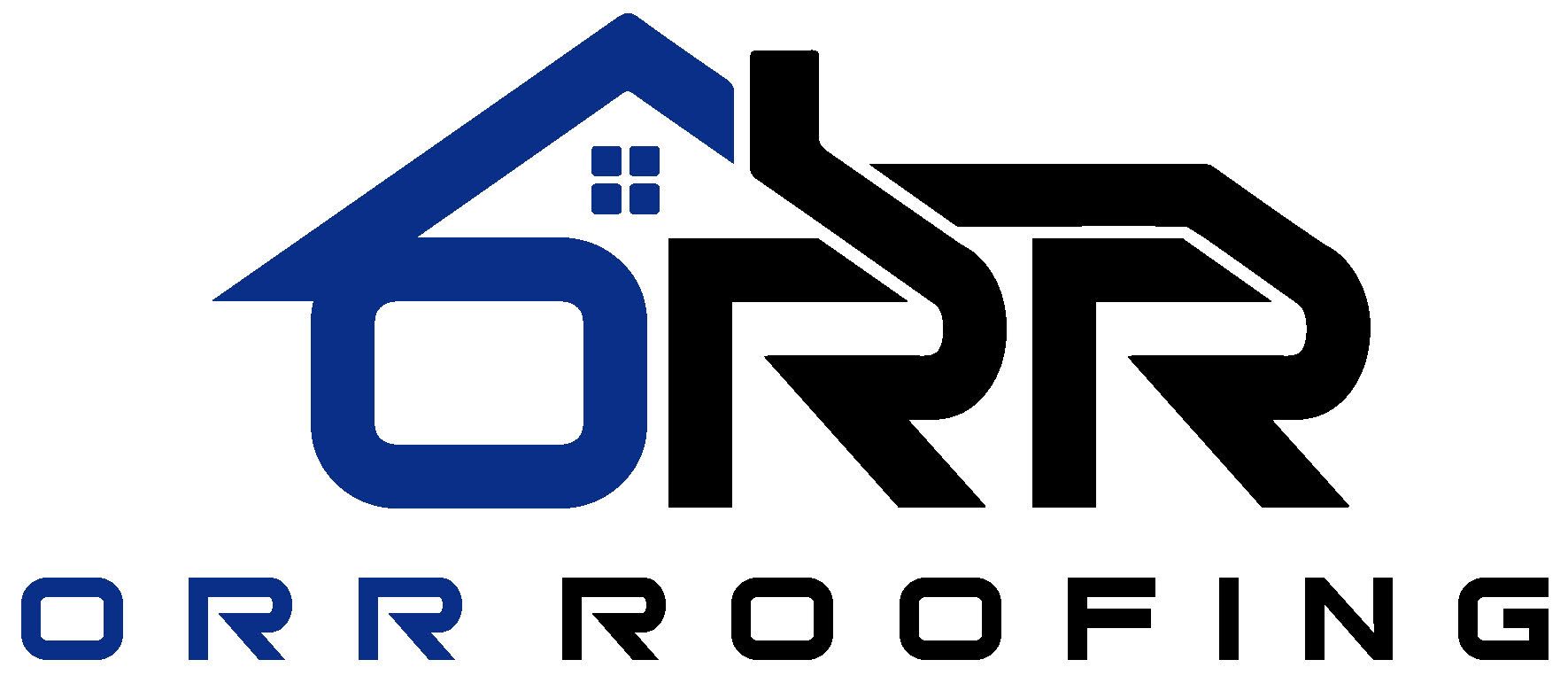DeSoto Homeowner's Guide to Storm Damage Roofing
After a storm hits DeSoto, look for missing shingles, dented gutters, and granules in your yard as signs of potential roof damage. Document everything with photos and contact your insurance company and a local roofing contractor for professional assessment.
What Are the Most Common Types of Storm Damage?
Hail damage creates bruises or cracks in asphalt shingles that may not be immediately visible. Look for exposed mat or dark spots where granules have been knocked off. Wind damage typically shows up as lifted, torn, or completely missing shingles, especially along roof edges and corners.
Falling tree branches can puncture roofing materials or damage flashing around chimneys and vents. Even small branches can create entry points for water if they damage the protective granule layer on shingles. Check your roof after every significant storm, especially during DeSoto's active spring and fall weather seasons.
How Do You Document Storm Damage Properly?
Take photos from ground level showing the entire roof and any visible damage. Get close-up shots of specific problem areas like missing shingles, damaged gutters, or debris impact points. Include reference points like nearby houses or landscape features to show the storm's broader impact in your neighborhood.
Keep detailed records including the storm date, weather conditions, and a written description of observed damage. This documentation helps with insurance claims and gives your roofing contractor important information about what to inspect during their professional assessment.
When Should You Call for Emergency Roof Service?
Call for emergency service immediately if you have active leaks, large holes, or significant structural damage that exposes your home's interior to weather. Don't wait if you see sagging areas or missing sections of roof that could worsen with additional rain or wind.
For less urgent damage like missing shingles or minor leaks, schedule inspection within a few days of the storm. Many insurance companies require prompt reporting, and waiting too long might complicate your claim or allow minor problems to become major ones.
DeSoto's Severe Weather Patterns
DeSoto sits directly in North Texas's active severe weather corridor, experiencing frequent supercells that produce large hail and damaging winds from March through May. The area's flat terrain offers little protection from approaching storms, making roofs particularly vulnerable to straight-line winds that can exceed 80 mph during severe thunderstorms.
Local meteorological patterns show that most significant hail events occur between 3 PM and 9 PM during peak heating hours, when atmospheric instability reaches its maximum. Understanding these patterns helps DeSoto homeowners recognize when to expect the most severe conditions and take precautions like moving vehicles under cover and preparing for potential roof damage.
When storm damage strikes your DeSoto home, Orr Roofing provides prompt assessment and quality repairs to get your roof weatherproof again quickly. We understand the urgency of storm damage and work closely with insurance companies to ensure proper documentation and coverage for your repairs. Call us at (214) 226-6959 for storm damage assessment or complete roof replacement services throughout DeSoto and Dallas County.
